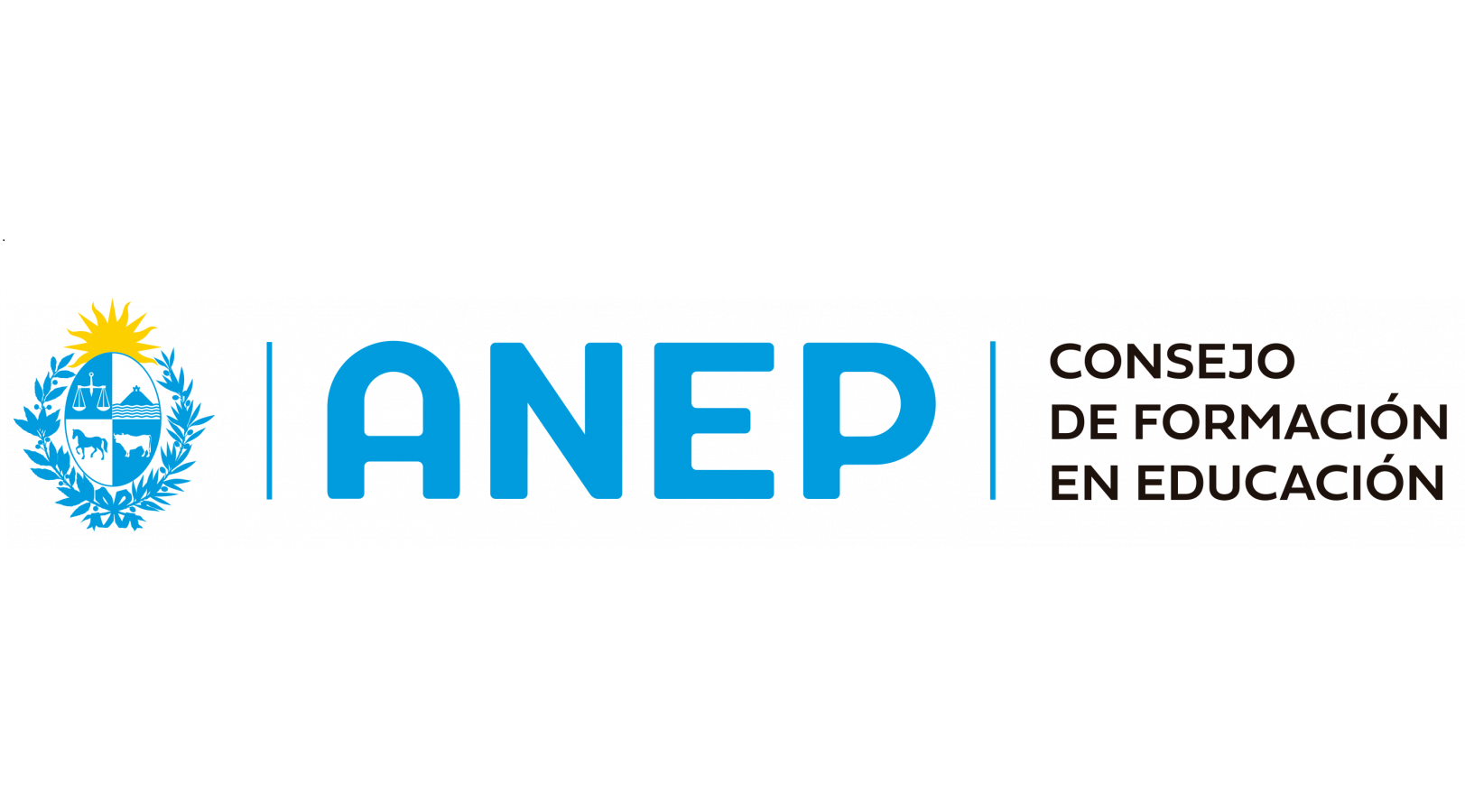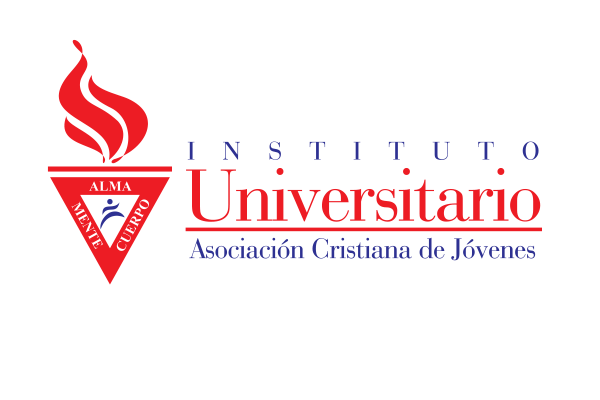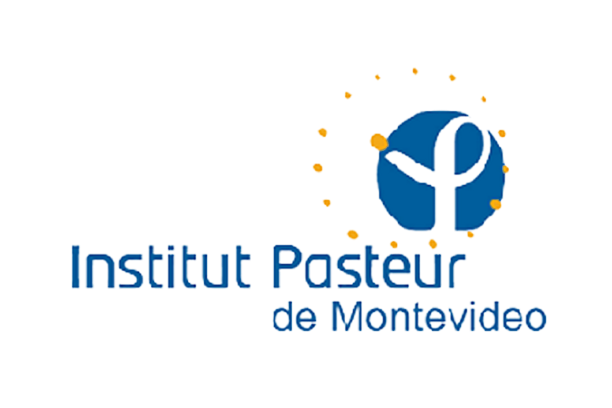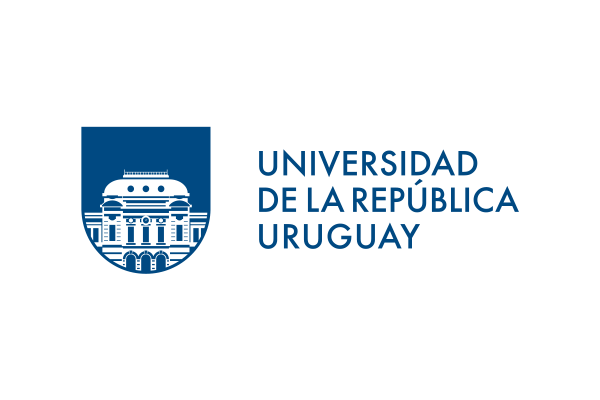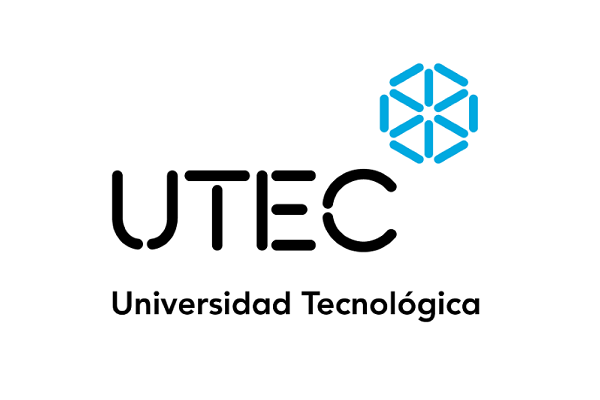Examining the Effect of Radiant Exposure on Commercial Photopolimerizable Dental Resin Composites
Resumen:
The objective of this study was to evaluate the effect of radiant exposure on the chemical and physical properties of four commercial dental resin composites. The four dental resin composites used were Kalore, Admira, Tetric N-Ceram Bulk Fill, and Filtek Z350 XT. The composites were subjected to three curing protocols: 1000 mW/cm2 for 5 s, 1000 mW/cm2 for 10 s, and 400 mW/cm2 for 25 s. The flexural strength, elastic modulus, water sorption, water solubility, degree of conversion, and polymerization shrinkage were evaluated. The results were analyzed by means of ANOVA and Tukey tests. For Admira and Kalore, significant differences between light exposure protocols were observed for the elastic modulus (p < 0.001), which was higher when a higher amount of radiant exposure was used. For Filtek Z350, differences were only observed for the degree of conversion (p < 0.001), and a higher amount of radiant exposure allowed us to obtain higher values. The Tetric N-Ceram Bulk Fill analysis showed significant differences for the elastic modulus and water sorption (p < 0.001), and specimens that had been subject to a radiant exposure of 10 J/cm2 showed a higher elastic modulus. In most cases, the physical and mechanical properties analyzed were not affected by different radiant exposure values. Other resin-based composite (RBC) characteristics seem to have a greater influence on material properties
| 2018 | |
|
Composite resin Dental restoration Photopolymerization |
|
| Inglés | |
| Universidad de la República | |
| COLIBRI | |
| https://hdl.handle.net/20.500.12008/34409 | |
| Acceso abierto | |
| Licencia Creative Commons Atribución - No Comercial (CC - By-NC 4.0) |
| Sumario: | The objective of this study was to evaluate the effect of radiant exposure on the chemical and physical properties of four commercial dental resin composites. The four dental resin composites used were Kalore, Admira, Tetric N-Ceram Bulk Fill, and Filtek Z350 XT. The composites were subjected to three curing protocols: 1000 mW/cm2 for 5 s, 1000 mW/cm2 for 10 s, and 400 mW/cm2 for 25 s. The flexural strength, elastic modulus, water sorption, water solubility, degree of conversion, and polymerization shrinkage were evaluated. The results were analyzed by means of ANOVA and Tukey tests. For Admira and Kalore, significant differences between light exposure protocols were observed for the elastic modulus (p < 0.001), which was higher when a higher amount of radiant exposure was used. For Filtek Z350, differences were only observed for the degree of conversion (p < 0.001), and a higher amount of radiant exposure allowed us to obtain higher values. The Tetric N-Ceram Bulk Fill analysis showed significant differences for the elastic modulus and water sorption (p < 0.001), and specimens that had been subject to a radiant exposure of 10 J/cm2 showed a higher elastic modulus. In most cases, the physical and mechanical properties analyzed were not affected by different radiant exposure values. Other resin-based composite (RBC) characteristics seem to have a greater influence on material properties |
|---|

